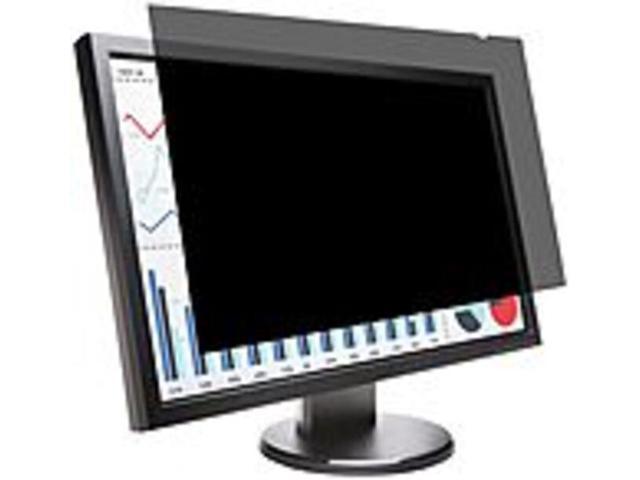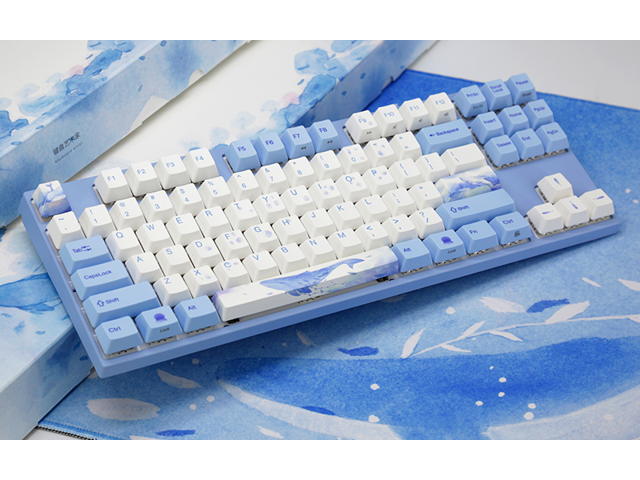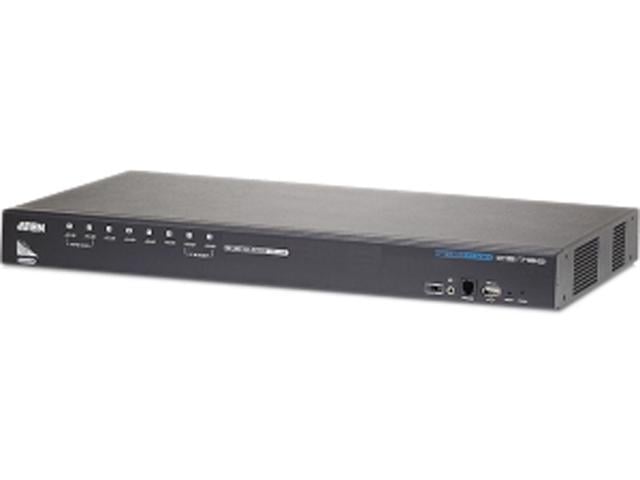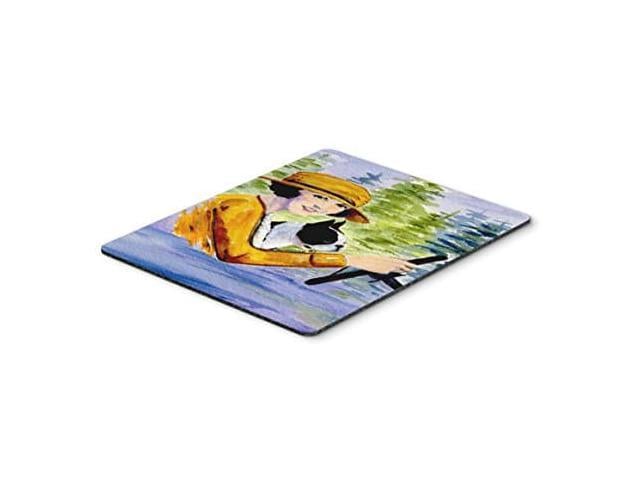This publication presents the performance and possibilities of radiotracer methodologies and technologies applied for monitoring and measuring the wear and corrosion, with focus on the thin layer activation (TLA) method. Different aspects of the method are discussed, and typical case studies are presented. Wear and corrosion substantially limit the endurance and reliability performance of nearly all machines, industrial equipment, transportation systems, power plants and their components. Consequently, the development of effective methods of detection, measurement and monitoring of such processes is of great importance. Appropriate methods of monitoring can prevent accidents and also economic losses due to unforeseen breakdown of machinery. When the surfaces are not accessible or are concealed by overlaying structures, nuclear methods such as charged particle and neutron activations, become the most powerful tool for measurement and monitoring of wear and corrosion. Gamma-radiation passes through the materials and even low activities can be detected with high sensitivity and precision. In the case of TLA, only the surface layers in the micrometre range (the part subject to wear or corrosion) are activated.The information provided in this publication will be a useful source for radiation and radioisotope technologists in promoting these technologies to end users.















